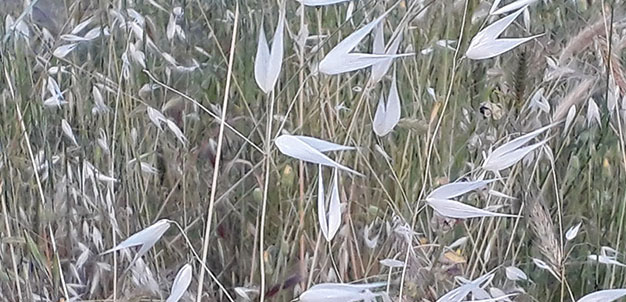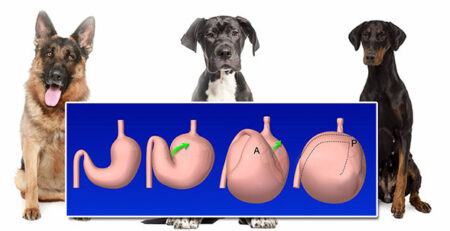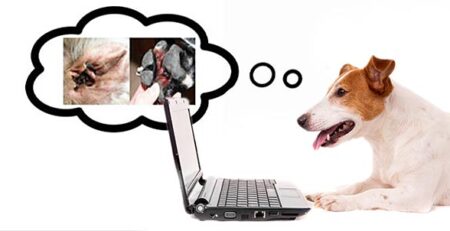Dog and cat scours: all the things to know
The forasac looms everywhere: be careful!
From April to October, weeds proliferate everywhere: fields, gardens, flower beds, ditches, even along the roadside.
The extreme adaptability of these plants allows them to occupy virtually any type of environment.
The inflorescence of some of them is the forasac, a real calamity for our animals, cats and dogs in particular.
If you suspect that a dandruff has stung your dog or cat, run to your veterinarian immediately-the unwelcome host is always responsible for serious infection and injury to internal organs.
What is forasacco and how to recognize it
The forasac (also known as spikelet or ariste) is nothing more than the seed of some wild Grasses.
It has a lanceolate shape, characterized by very hard and pointed ends.
They generally measure from 1 to 3 cm, but what makes phorasites insidious and extremely dangerous is their surface covered with tiny retroflexed spines, perceptible only by touch and thanks to which they will touch whatever surface touches them: fabric, skin or fur.
The thus entangled hairpin relentlessly begins its path from the hair to the skin precisely because of the animal’s own movements.
Once it has penetrated through the epidermis, it is impossible for it to retrograde and escape.
For this reason, phorasac removal can only be performed by a veterinarian, most often through surgery under partial or even full anesthesia.
Where forasac creeps most frequently: the areas of entry
The hairpin can puncture any area of the animal’s body and locate itself anywhere, but it is also able to creep through orifices on the body of the dog and cat.
–
Furcations in the interdigital spaces and plantar pads
The animal appears in pain, repeatedly licking the “affected” limb. Lameness may also occur.
The puncture wound is easily identified: the affected area will be characterized by redness, swelling and pus. In case it has not fully penetrated, you should try to pull it out with tweezers.
We recommend that you contact your veterinarian without delay who will make sure that there are no fragments left inside that need to be removed.
-Forasaccoinside the ears
The animal scratches its ears, repeatedly shakes its head or keeps it bent over.
If the animal presents with this symptomatology, the forasac has certainly penetrated through the ears.
Because it may go so far as to perforate the eardrum, any personal initiative is strongly discouraged and you should visit your veterinarian promptly.
–
Phorax in the dog’s nose
If the animal sneezes frequently the forasac may also have been inhaled.
The animal sometimes succeeds in expelling it through sneezing, but often the sneaky forasac creeps deeper, even reaching into the lungs, causing violent bouts of hemorrhagic coughing.
It is imperative to contact your veterinarian as soon as possible who, through an ultrasound scan, will be able to locate it accurately.
–
Dandruff in the eye
The animal affected by the forasac will begin to tear profusely.
In addition to the risk of conjunctivitis and corneal perforation, a far more serious consequence could be blindness.
And again, if the dog eats a forasac, it can even get into the stomach.
How to defend dogs and cats from foras
To protect and safeguard your pet’s health, it is propaedeutic to follow a few simple rules:
-Avoid leading the dog or letting the cat run wild in those areas such as parks or countryside where grass is tall and spikes grow in abundance
-Mow the grass in the garden regularly and take steps to remove mowing
-Carefully brush the animal when returning from the walk, especially if it is a long-haired dog
-Always check the interdigital, axillary, and groin spaces in addition to the ears, mouth, and nose
Most importantly, if you notice any abnormal behavior in your pet, contact your veterinarian who will be able to intervene appropriately to repair the damage caused by the forasacco and prescribe the specific antibiotic therapy.
Prompt action can save your pet’s life.
We remind you for this purpose that in case of need and urgency Clinica La Veterinaria is open every day h24 including holidays with First Aid service from 8 pm to 8 am.
For the joy of seeing them HAPPY











